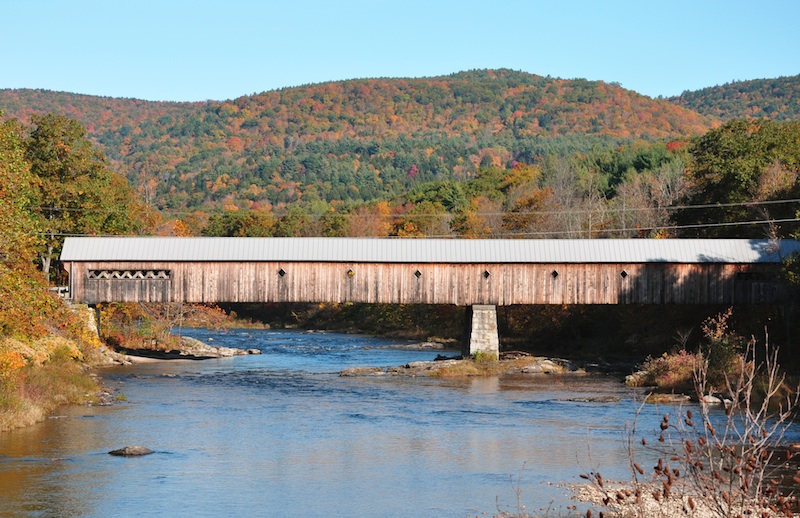A Vermont Yankee in Germany's court


Now that the U.S. state of Vermont is shutting down nuclear power, it faces the same quandary as Germany, which two years ago decided to walk away from nuclear: High electricity prices and more carbon dioxide emissions.
In an analysis brought to you by an oil publication, Platts has pointed out that the decision by plant operator Entergy to close the Vermont Yankee nuclear station next year is rife with pitfalls and contradictions.
Vermont Yankee has been providing 70 percent of the state's electricity. Seventy percent! If you're a Vermonter and you want toast in the morning, street lights at night, maybe even power for your electric car, chances are 7 out of 10 that you're going to draw it from an atom splitter (see note below).
So how do you go about replacing that?
That's the problem. As Platts notes, Entergy says it will use natural gas derived from the controversial practice of fracking - blasting rock with water and chemicals. Yes, fracking: the technology that Vermont bans within the state because of the potential threat to drinking water. Vermont's anti-fracking stance is largely symbolic since the state has little known reserves, but Entergy's switch to natural gas flies in the face of the state's official position. Entergy will use gas from nearby states that allow fracking.
And then there's the other consequence of the switch to gas: Suddenly, Entergy will be emitting a lot more CO2, whereas nuclear power generation does not pump out the stuff.
So, aren't renewables an option? Couldn't Entergy start populating the wooded ridges of the Green Mountain State with wind turbines and solar panels?
Yes, it could, but watch out for the not-in-my-backyarders who won't be parted from their vistas of pine trees and maples. On top of that, someone will have to pay to build out the plants and the infrastructure to connect to the grid. Ultimately, that someone will be the the toaster users - the consumers.
Sound familiar? Ja! It's Germany all over again! The country that is unplugging nuclear power is now also pumping out more CO2 than it did two years ago as it relies more on fossil fuel plants - in its case coal and heavy oil, as Der Spiegel noted recently. And electricity rates are rising as it brings in more renewables. The country has been expanding renewables for well over a decade, but now, already considerable consumer surcharges that help foot the bill are spiking again by about 20 percent, buttressing Germany's highest-in-Europe electricity rates.
I like renewables - they should certainly play a role in decarbonizing the global economy. But unlike wind and solar, nuclear can provide steady round-the-clock, emissions-free power. And there are all sorts of alternative reactor designs that are safer and more efficient than today's. It would be foolish to tell nuclear that it's toast.
Note:After this story ran a reader wrote in to say that it's been a couple of years since Vermont Yankee has provided 70 percent of the state's electricity (the amount reported by Platts, similar to "over 70 percent" reported by Forbes). The amount had been that high, but is currently a lot less, the reader said. Vermont Yankee is based in Vermont and feeds the regional grid. (Whatever the exact figure is, the question still remains as to how Vermont and the region will reliably replace the nuclear power, which Entergy is closing for business reasons, as the cost of natural gas declined).
Photo is from Chensiyuan via Wikimedia
Another state learning the same lesson:
More oil-nuclear ties:
- Look who's talking: ExxonMobil says world has to double nuclear
- A nuclear reactor to clean up the oil sands industry
- Senatorial candidate turns up nuclear heat for U.S. economy
- Alternative nuclear energy race heats up as Canadian company enters
- And the DOE energy innovation award goes to … a new type of nuclear power
- Son of China’s ex-president: Thorium will help shape country’s energy future
All sorts of alternative nuclear stories here, including thorium, molten salt, pebble beds, fast reactors, modular reactors, fusion and more.
This post was originally published on Smartplanet.com